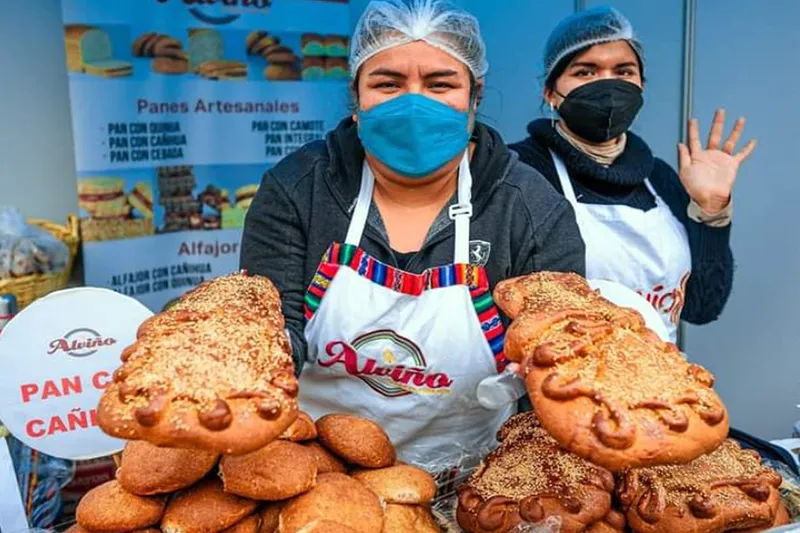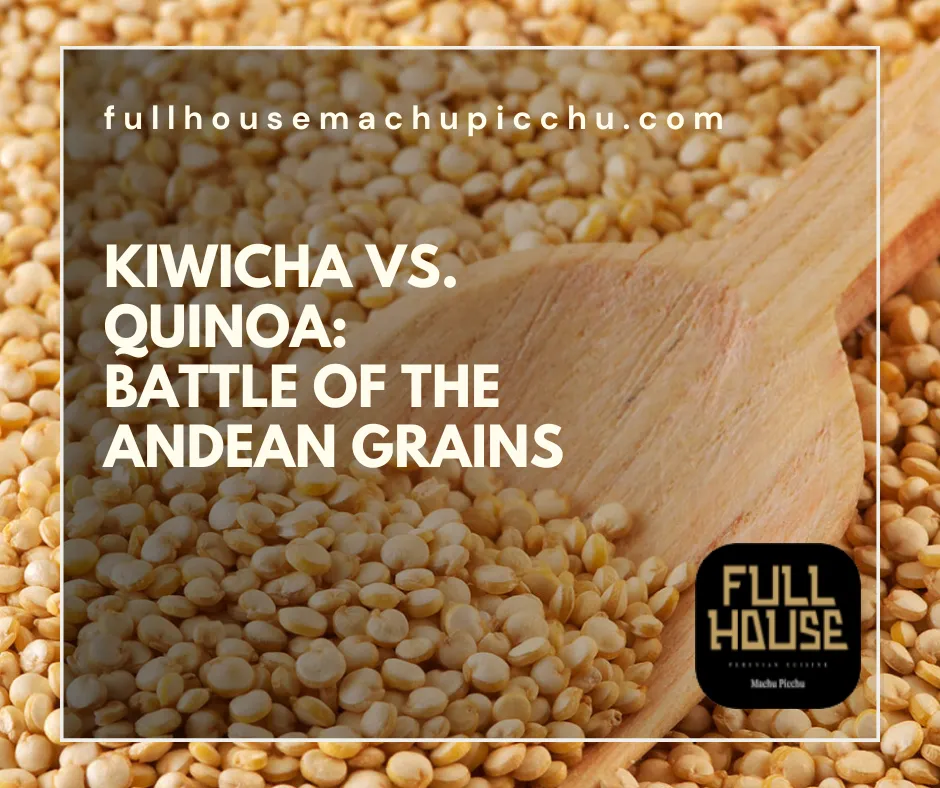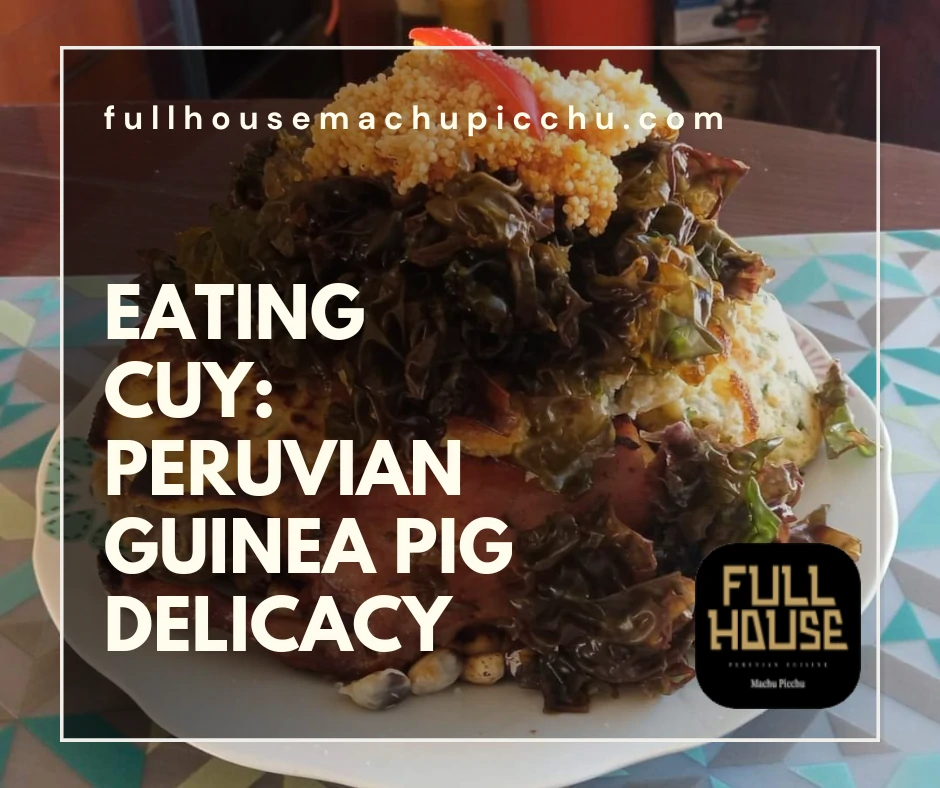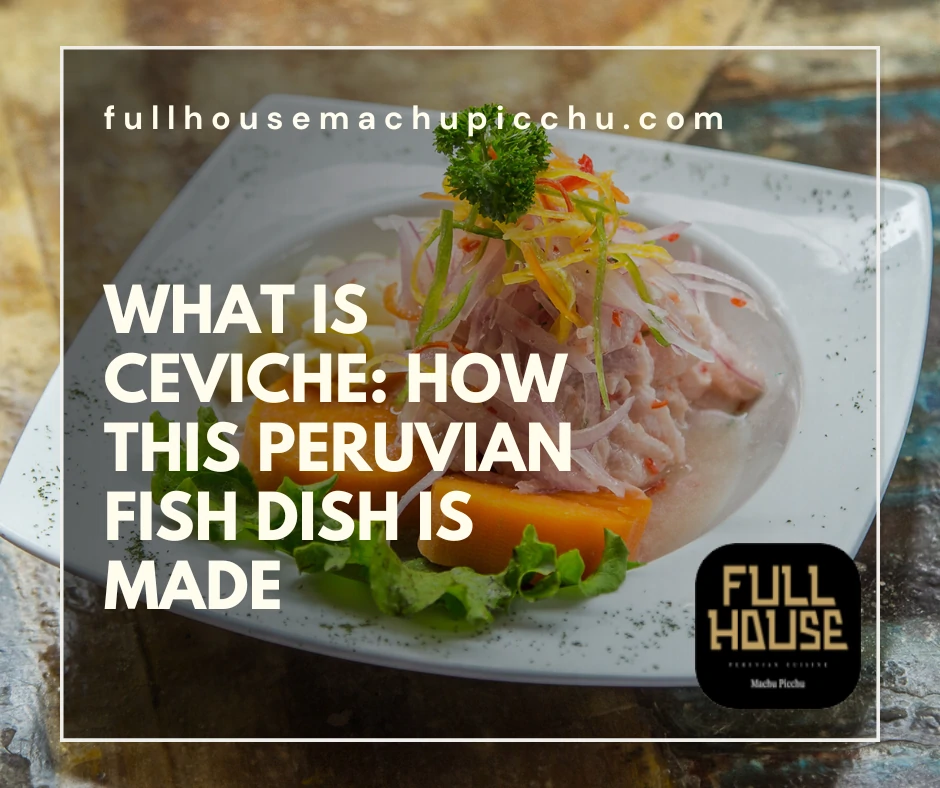In the heart of the Andes, two ancient grains reign supreme: Kiwicha and Quinoa. Both have sustained indigenous communities for millennia. Yet, globally, quinoa has often overshadowed kiwicha.
However, as nutritionists and chefs explore diverse ingredients, kiwicha is gaining recognition. Both grains boast impressive health benefits and culinary versatility. The question remains: which grain takes the crown?
Historical roots: Tracing the origins of Kiwicha and Quinoa
Long before the global health craze, Kiwicha and Quinoa found their origins in the Andean region. These grains have been cultivated for thousands of years, serving as staples for ancient civilizations. Kiwicha, known scientifically as Amaranthus caudatus, has been grown in Peru since the pre-Columbian era.
Its tiny seeds played a crucial role in religious ceremonies and were considered “food of the gods”. On the other hand, Quinoa, referred to as the “golden grain of the Andes,” was a primary food source for the Inca Empire. It held a ceremonial significance in their rituals and agricultural calendar.
Interestingly, alongside Quinoa and Kiwicha, Maca also emerged as an essential crop in the Andean highlands. However, while Maca was famed for its energy-boosting properties, Kiwicha and Quinoa were cherished for their nutrition and versatility.
Kiwicha’s nutritional profile is indeed impressive. It’s rich in amino acids, essential for human health. Likewise, Quinoa, often termed a “complete protein,” contains all nine essential amino acids. Both grains are also gluten-free, making them perfect for those with dietary restrictions.
Today, as global interest in these grains surges, it’s vital to understand their deep-rooted history. While Quinoa has become a household name worldwide, Kiwicha is slowly gaining recognition. The vast terrains of the Andes tell tales of these grains’ intertwined pasts. Both have been resilient, thriving in high altitudes and harsh climates.
In our modern era, as we savor these ancient grains, we partake in a tradition millennia old. A day exploring the grains of the Andes is incomplete without Kiwicha and Quinoa. Their legacy, rich in history and nutrition, continues to flourish.
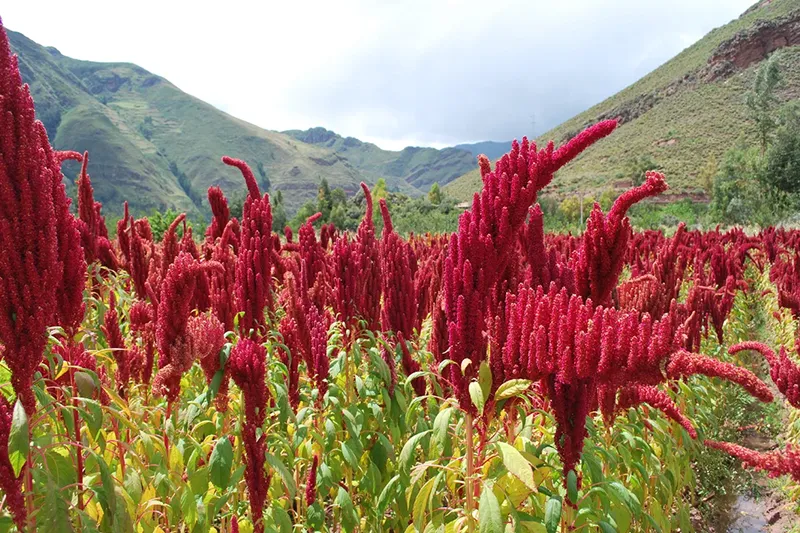
Nutritional knockout: Comparing the health benefits
Diving into the realm of Inca nutrition, one encounters two standout grains: Kiwicha and Quinoa. Both grains have been fundamental to Andean diets for millennia. Kiwicha boasts an impressive profile, rich in amino acids and essential fatty acids. It’s a potent source of protein, making it especially valuable for vegetarians and vegans.
Quinoa, often dubbed the “super grain of the future”, isn’t far behind. Packed with all nine essential amino acids, it’s a complete protein. Quinoa is also fiber-rich, promoting good digestive health. Moreover, it’s loaded with magnesium, iron, and various beneficial antioxidants.
Delving deeper into Kiwicha, its high calcium content deserves mention. This makes it an excellent choice for bone health. Additionally, Kiwicha is known for its abundance of Vitamin E, a powerful antioxidant. Its richness in phosphorus and zinc further enhances its health appeal.
On the other hand, Quinoa’s magnesium content supports metabolic health. Its high fiber and protein levels aid in weight management, making it a diet-friendly choice. The grain’s versatility further cements its place in peruvian food and cultural identity.
Both grains are gluten-free, proving to be blessings for those with gluten intolerances. They cater to a wide array of dietary needs, reflecting their adaptability in diverse cuisines. In the ongoing debate of Kiwicha vs. Quinoa, it’s challenging to declare a clear winner. Each grain, with its distinct nutritional benefits, holds its unique space.
While Quinoa enjoys global recognition, Kiwicha is steadily gaining ground. Together, they embody the essence of ancient Andean sustenance. Their place in the annals of Inca nutrition remains undisputed, narrating tales of health, tradition, and cultural pride.
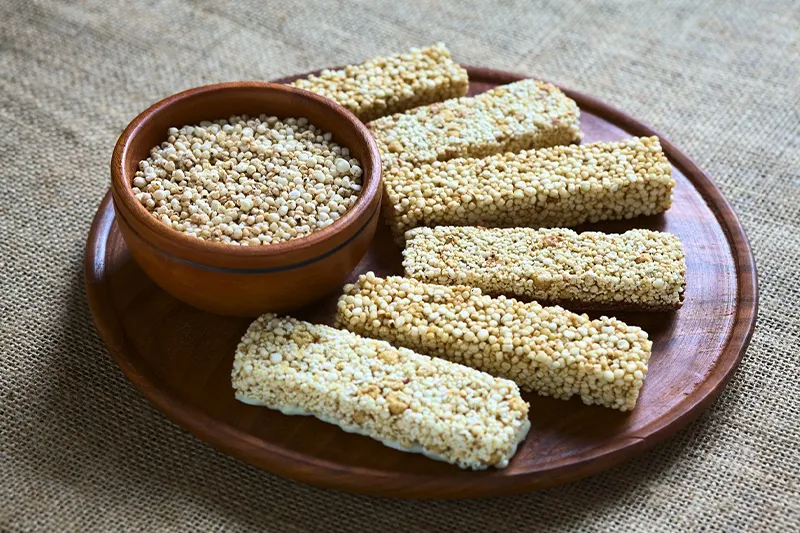
Culinary showdown: Versatility in modern dishes
When considering modern Andean dishes, Kiwicha and Quinoa often take center stage. Their versatility allows chefs to innovate, creating diverse gastronomic delights. Kiwicha, for instance, is a favorite in Andean breads. Its mild, nutty flavor pairs beautifully with traditional ingredients, resulting in mouth-watering loaves that are both nutritious and satisfying.
Quinoa, on the other hand, shines in savory preparations. Think risottos, salads, and even stuffed peppers. It effortlessly adapts to various culinary styles, from Mediterranean to Asian, showcasing its global appeal. And for those seeking a hearty start, Quinoa’s inclusion in Andean Breakfast dishes ensures a protein-packed, energy-boosting meal.
But don’t underestimate Kiwicha. Beyond bread, it finds its way into smoothies, energy bars, and even desserts. This small grain can transform a simple porridge into a nutritional powerhouse or lend crunch to chocolate bars. Kiwicha’s adaptability is truly commendable, and its applications seem endless.
Kiwicha’s resurgence in modern cuisine highlights its potential. From salads sprinkled with popped Kiwicha to soups enriched with its goodness, its presence elevates dishes. While Quinoa might currently enjoy wider recognition, Kiwicha is slowly and steadily claiming its rightful place.
In conclusion, the culinary showdown between Kiwicha and Quinoa is intense and intriguing. Both grains, with their distinctive textures and flavors, enrich modern Andean cuisine. Their contributions to health and taste make them indispensable, solidifying their status as gems of the Andes.
